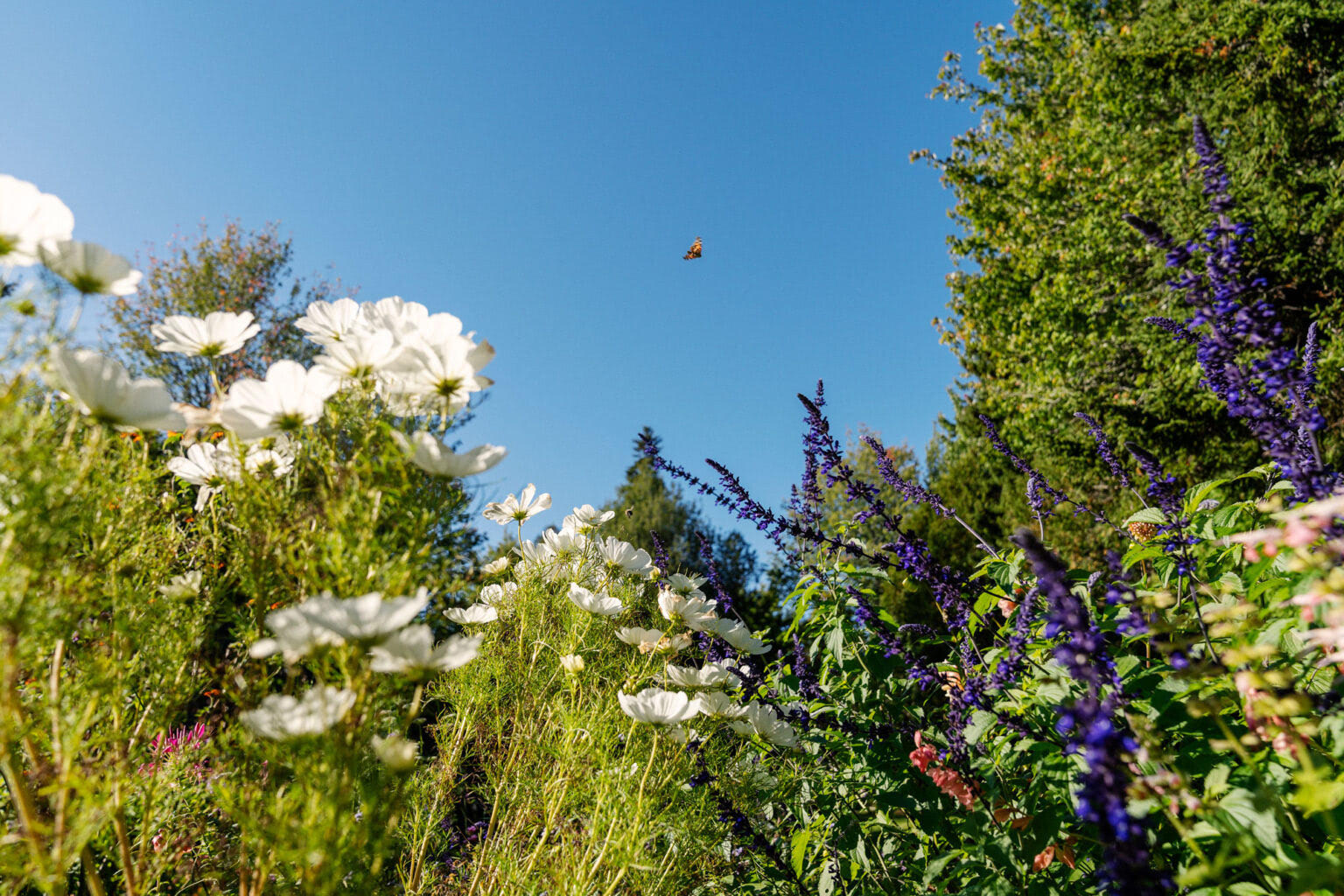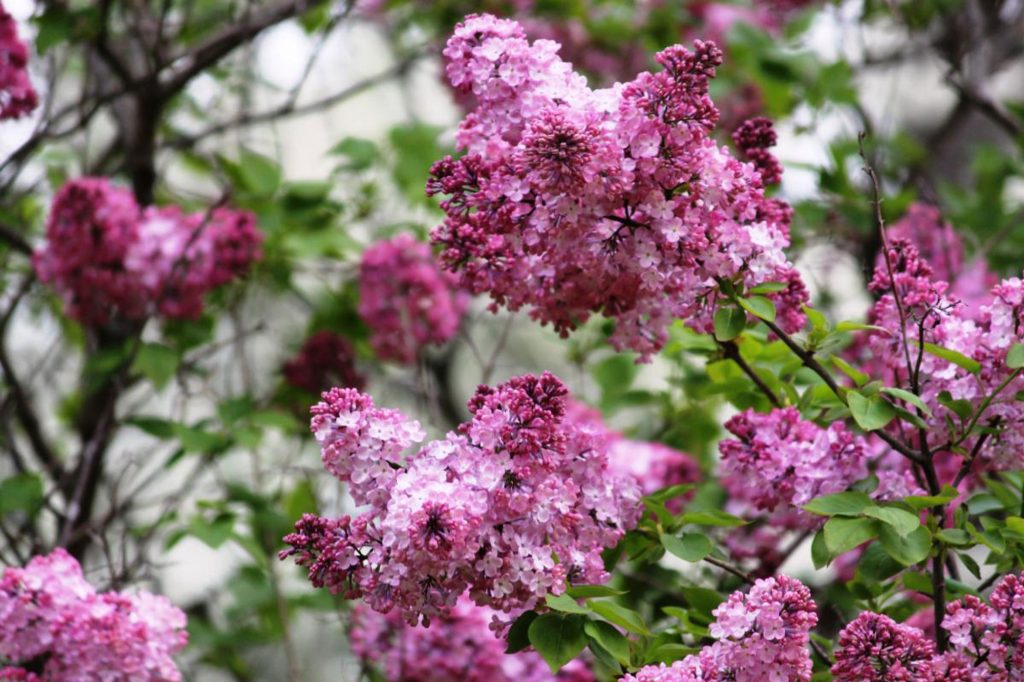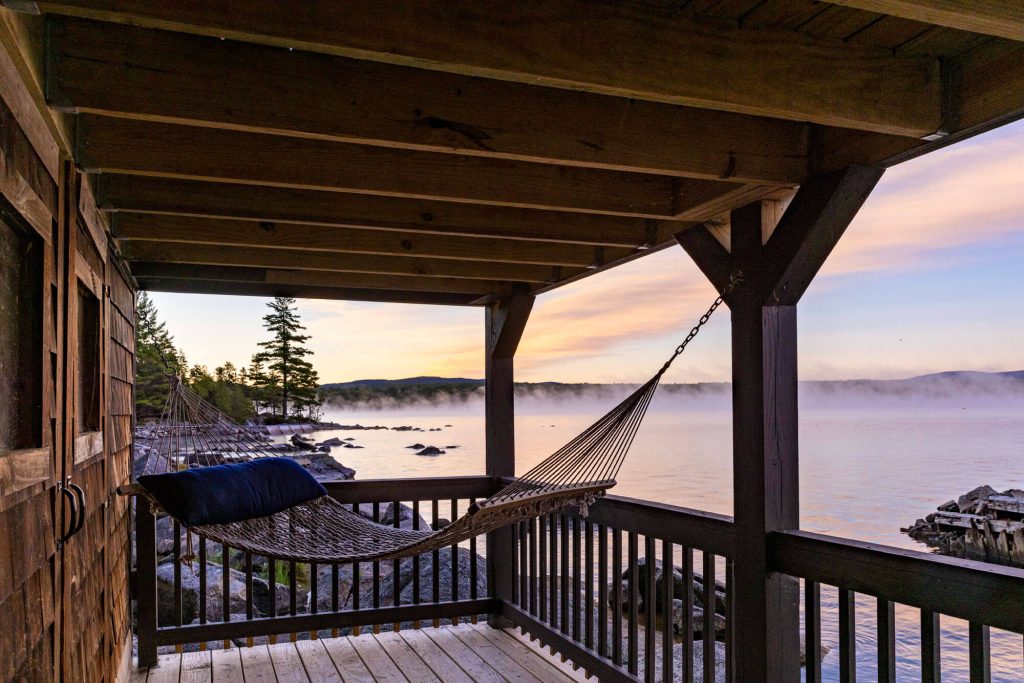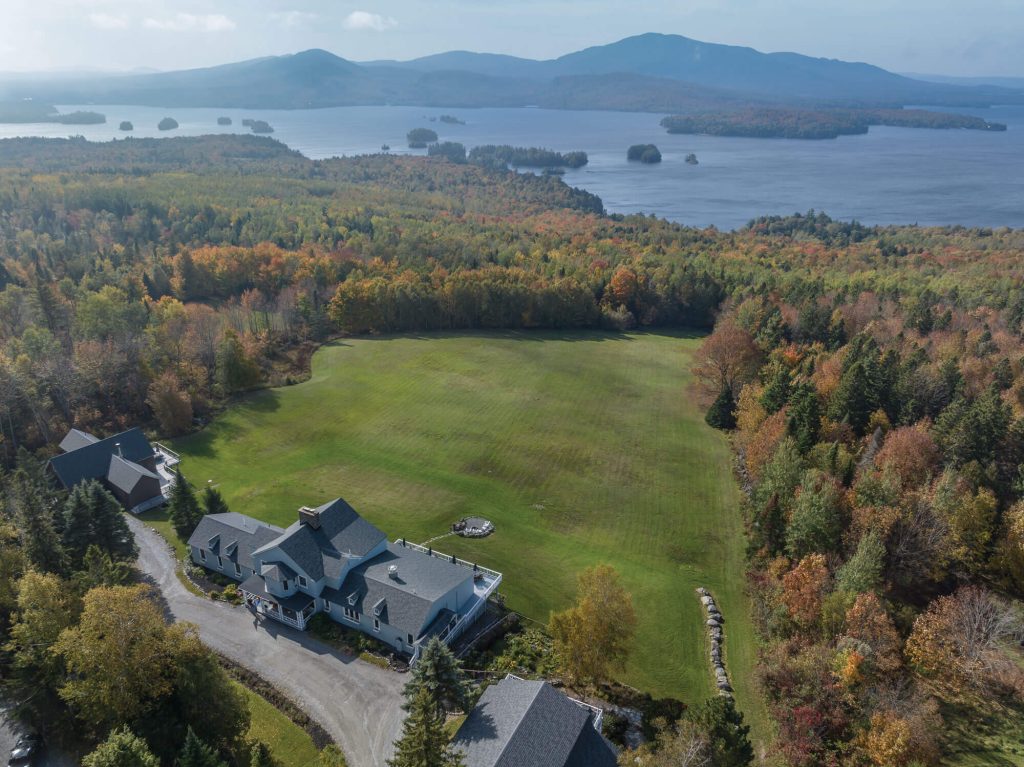Walking through a stretch of moss-carpeted woods on Mount Desert Island, you’d be forgiven for thinking you’d wandered into one of Acadia’s natural gems. Untouched though it feels, each stone and fern has been placed there, intentionally, carefully.
This is the Abby Aldrich Rockefeller Garden, and together with two designed gardens—Thuya Garden and Asticou Azalea Garden—as well as Little Long Pond Natural Lands, it makes up the Land & Garden Preserve, a 1,400-acre swath of preserved public lands on MDI.
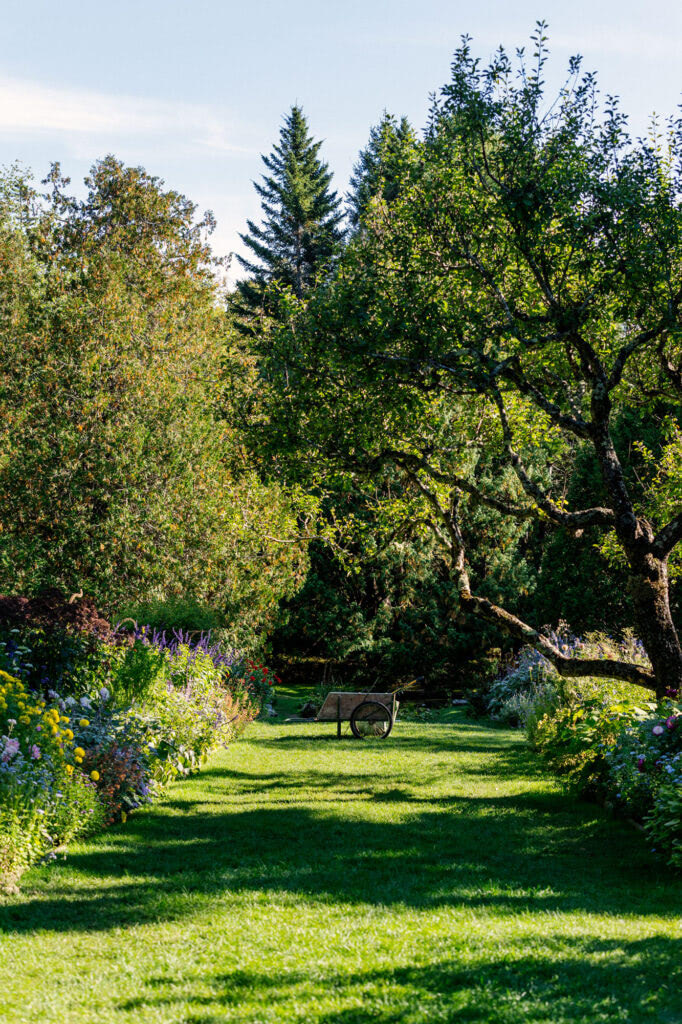
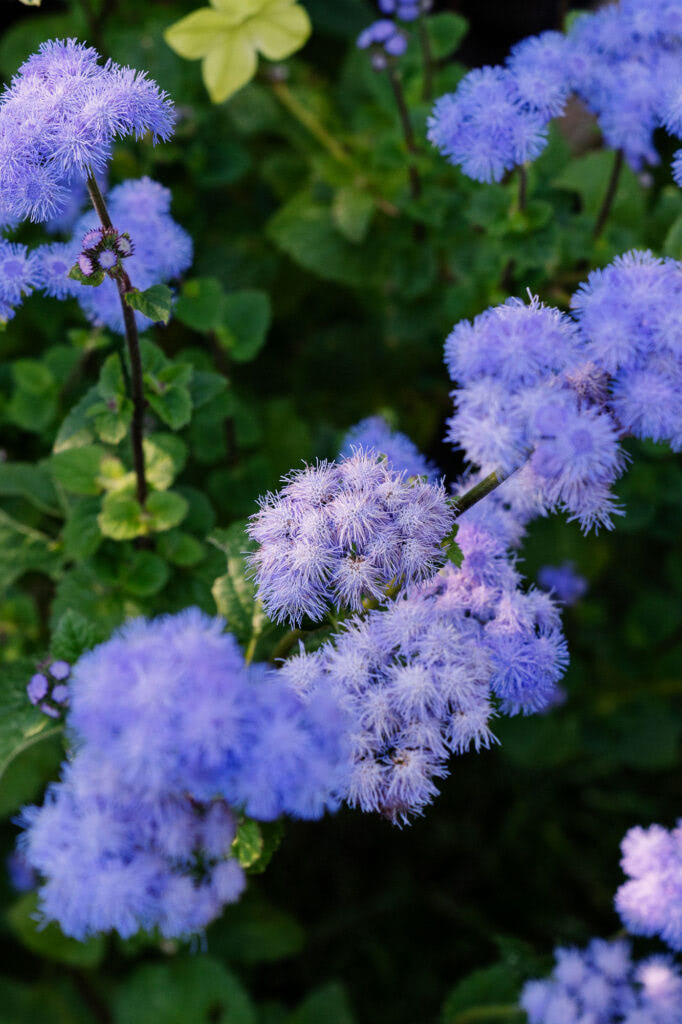
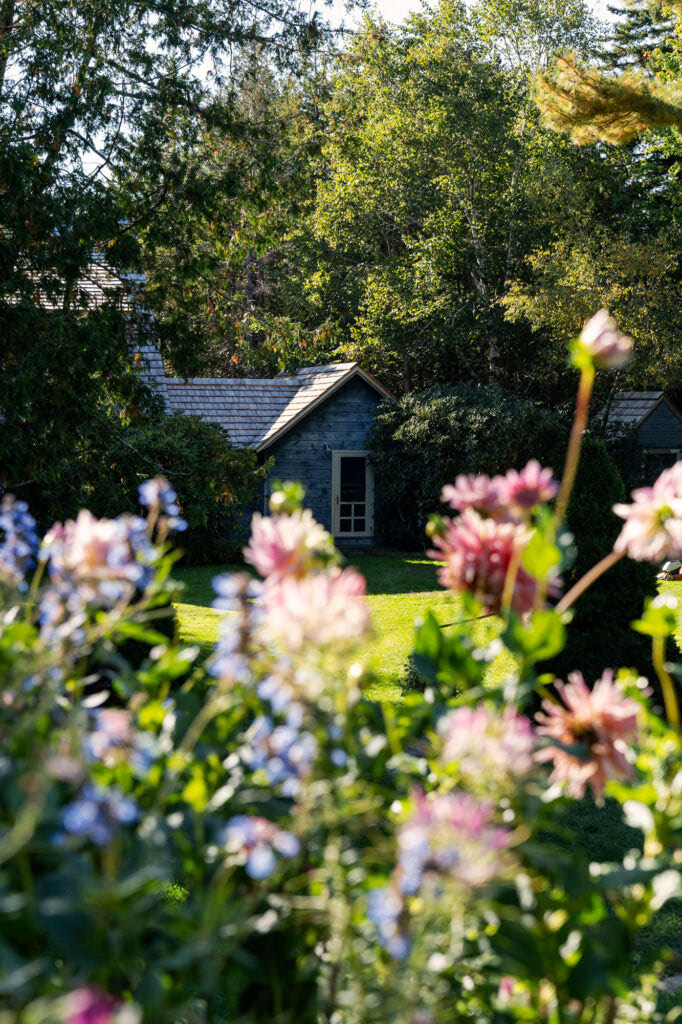
Here, in these historic built gardens, opposing ideas are true: They’re cloistered yet accessible to all; human-made yet made up of living things; constructed yet existing within the bounds of the wild splendor of MDI. To preserve these places requires a delicate balance between leaving history untouched and embracing what gardens do: constantly changing, with the weather and seasons and decades. Where a monument might be roped off to save it, a garden is alive, and change is part of its spirit.
The historic gardens at the preserve remain, in structure and design, much the same as a century ago, yet blooms must be tended. Leaves pruned. Small, mindful, sometimes invisible shifts are always happening, starting, sometimes, in the soil.
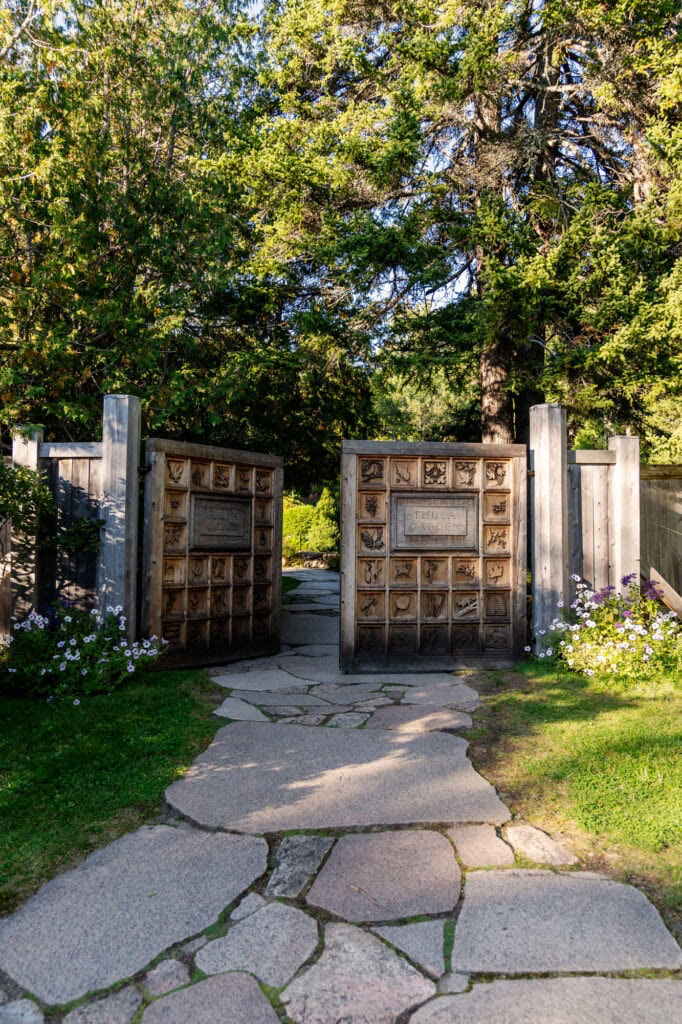
Take Thuya Garden, for example, on Northeast Harbor. “Thuya’s origins as a public space go back to the early 1900s,” says Rodney Eason, CEO of the preserve, but it opened as a public garden decades later, through the stewardship of Charles K. Savage. “From a design standpoint, Thuya’s gardens started in the late 1950s and early 1960s with low-growing annuals cultivated in a style known as ‘carpet bedding,'” says Eason. “During the past decade, staff started using fewer annuals and experimenting with more hardy, pollinator-loving perennials.” The garden is now a haven for endangered monarchs.
Other shifts happened earlier. The Abby Garden was created in the late 1920s by Abby Aldrich Rockefeller and pioneering landscape designer Beatrix Farrand as a cutting garden, so that the family could fill their sprawling MDI home, The Eyrie, with fresh flowers through Maine summers. But the family soon realized they’d planted far more blooms than even they could use and transitioned the center of the garden to grass, the way it remains today. The Eyrie has been demolished, but the patio and stone steps remain, like archaeological remnants.
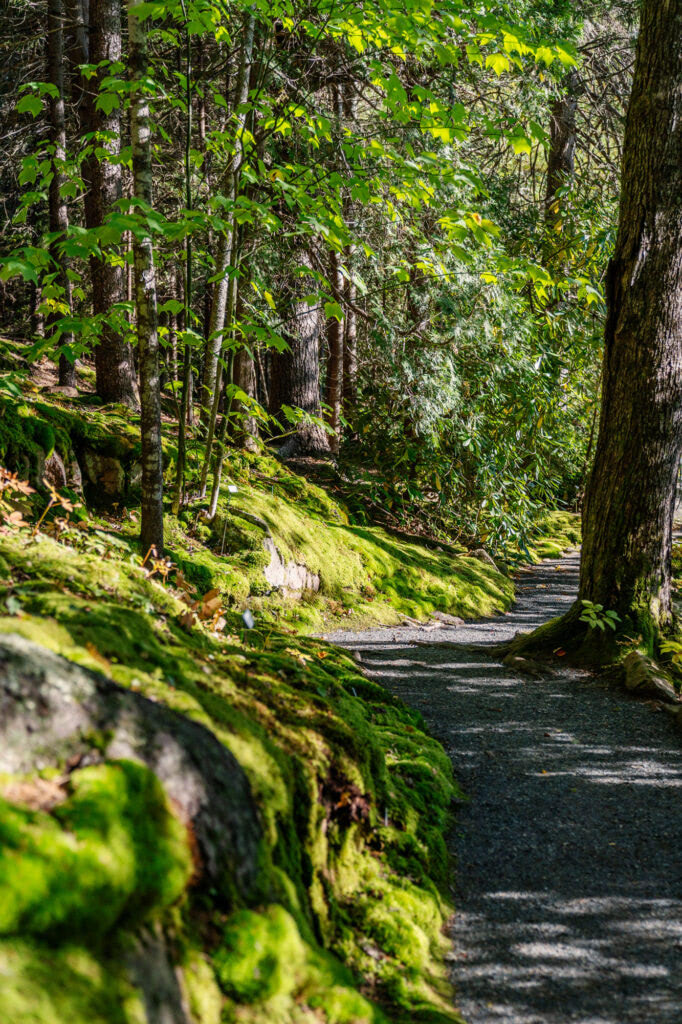
Still, Farrand and Rockefeller’s original footprint and walls and statuary remain untouched, and at Thuya, an apple tree, preserved from what was once an orchard in that spot, still grows in the center. A garden changes even as it stays the same.
Gentle preservation goes on indoors, too, in a climate-controlled room in Seal Harbor: the preserve’s archive. “We started by sorting through cardboard boxes at Thuya Lodge and Gardens only 20 years ago,” says Betsy Hewlett, a contractor working in the archives. It’s a project run by volunteers, community members, and surviving descendants of Charles Savage. “Our records are a small patchwork that preserves the ways that many individuals saw and honored our properties,” Hewlett says. “They provide a historical context for the inevitable changes that living public lands must face.”
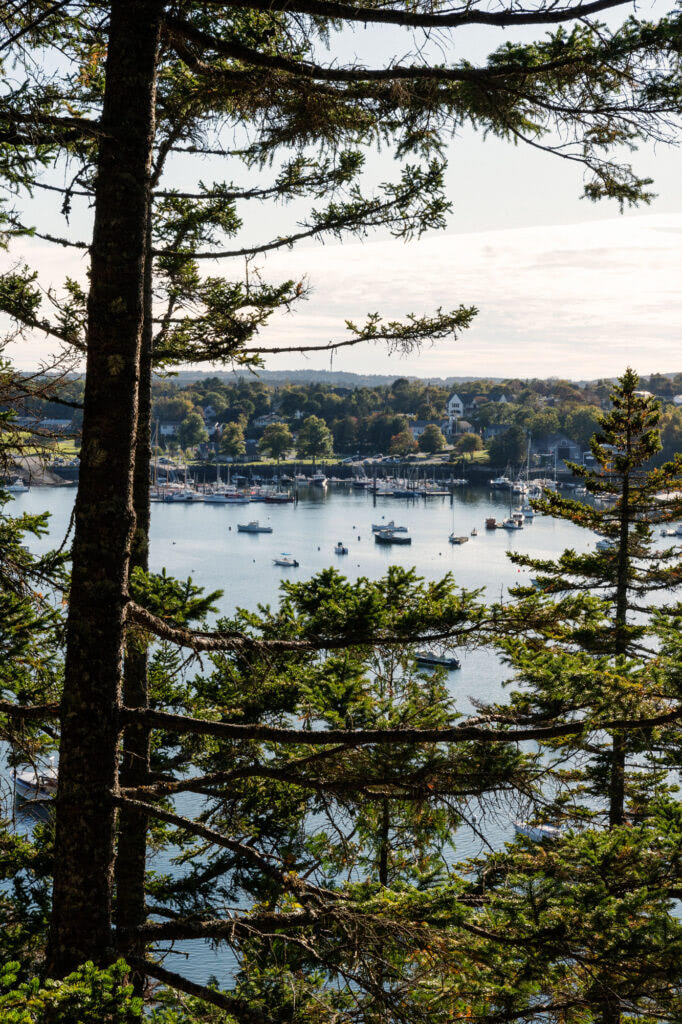
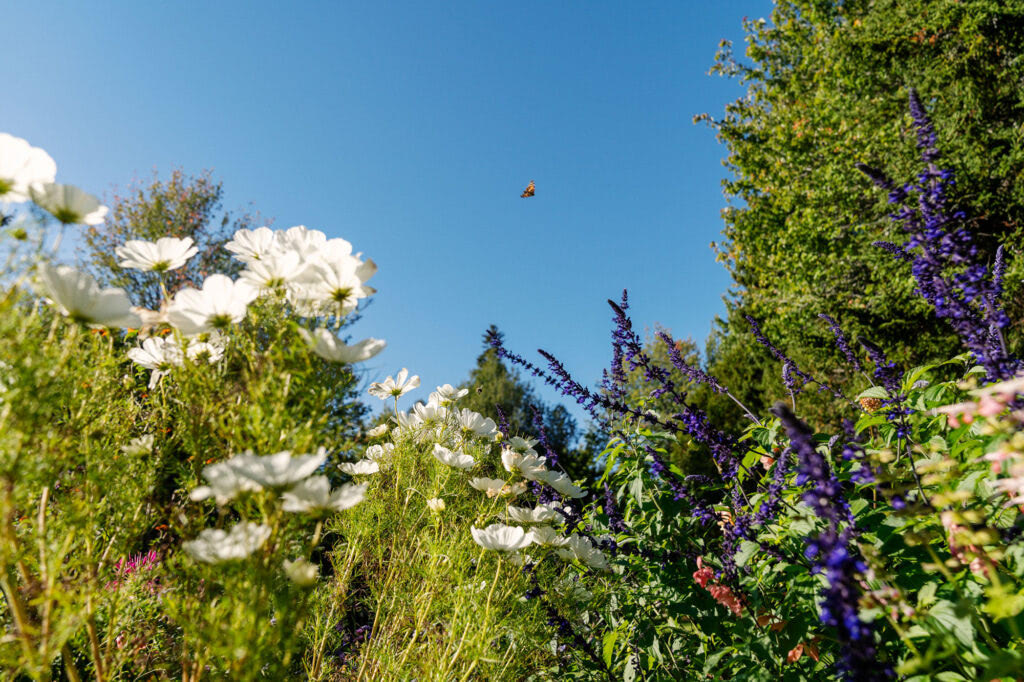
The archive, one could say, is the preserve’s fifth garden: Tending, by so many careful hands, keeps it alive.
